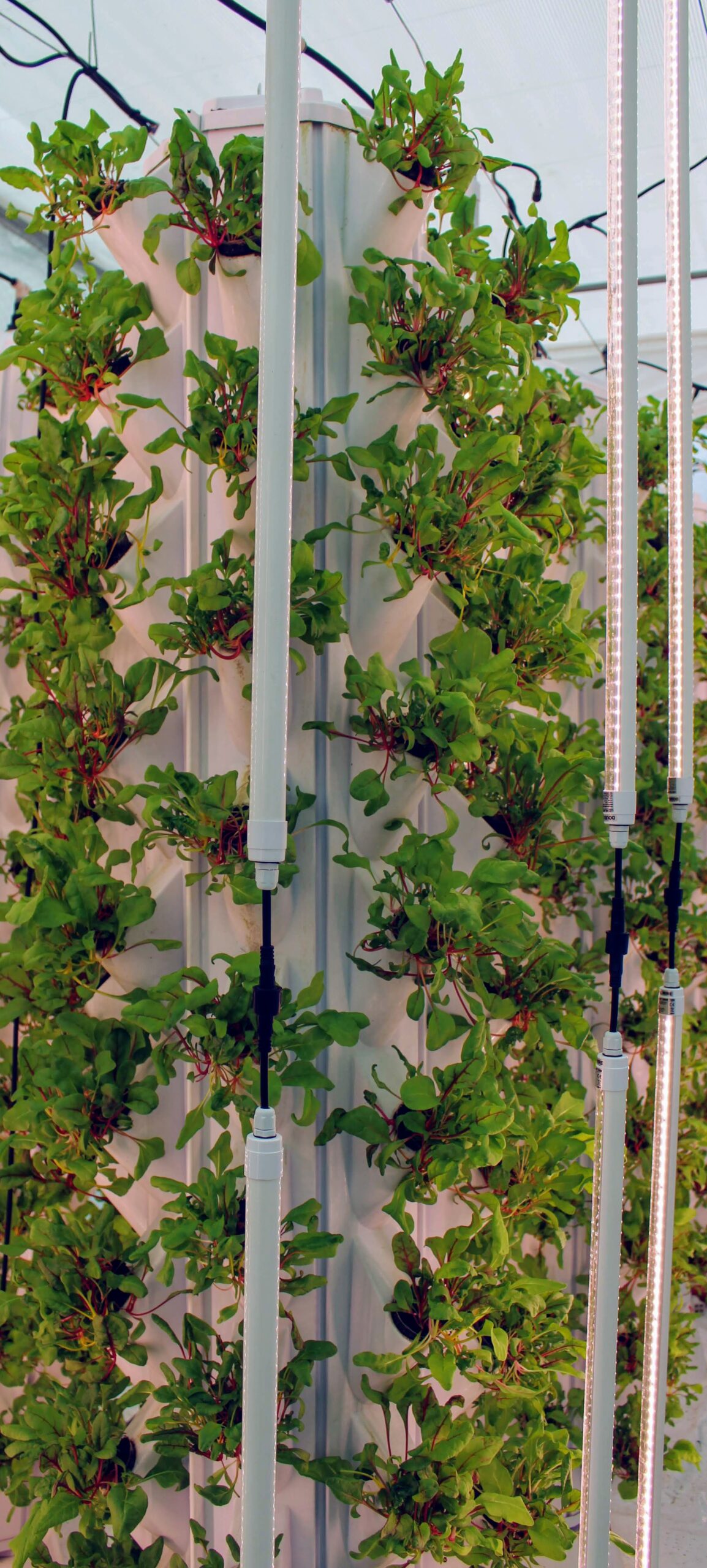Introduction: What is Vertical Farming?
Vertical farming is a type of farming that utilizes multiple levels of production to grow crops in a small space. This type of farming is also known as “urban farming” and is becoming more popular in countries such as Singapore, the Arab emirates, and a wide range of European countries.
Vertical farms are usually built indoors and utilize high-tech equipment to make the most out of their limited spaces, for example, the ones that offer City Harvest. They also use techniques such as hydroponics, aeroponics, and aquaponics to grow plants without soil or sunlight.
What are the Benefits of Vertical Farming?
Vertical farming is a type of agriculture that involves growing crops and plants in vertically stacked layers. It is an efficient way of producing food as it uses less water, land, and energy.
Vertical farming can help solve the food crisis by:
– Increasing crop production without using more land or water
– Providing locally grown organic produce to consumers
– Reducing greenhouse gas emissions by up to 90%
What are the Pros & Cons of Vertical Farms?
Vertical farms are a type of indoor farming that can be found in urban areas. They use vertical space to grow crops and are environmentally friendly.
Pros:
– Vertical farms can produce more food than traditional farms, as they use less space and don’t require much land.
– It is also more efficient as it uses less water and energy.
– Vertical farming is also better for the environment as it doesn’t pollute the air or soil like traditional farming does.
– Vertical farming can also be a great way to provide food in areas where the population is growing rapidly, such as cities.
Cons:
– The cost of building a vertical farm is expensive, which means that not many people have access to this type of technology.
How Does Vertical Farming Work?
Vertical farming is a type of farming that takes place on vertically stacked layers. This is done in order to save space and improve efficiency.
Vertical farming uses less water, land, and energy than conventional farming, which can be helpful when the world’s population continues to grow.
Vertical farming has been around since the 1980s but it has not yet been embraced by a mainstream audience.
Vertical farms use hydroponic or aeroponic methods of growing plants without soil in a closed environment.
The plants are grown inside a greenhouse or warehouse with LED lights, fans, and other equipment that regulate the environment.
Vertical farms also use container-based growing methods such as stacking shipping containers filled with soil or using racks for plants to grow on instead of soil. If you want to discover the most efficient supplements in the market, checkout our NACAR products.
How to Start Your Own Indoor Vertical Farm at Home?
Indoor vertical farming is the process of growing food, herbs, and plants in vertically stacked layers of soil in a controlled environment. It is a way to produce food without having to use any pesticides or fertilizers.
Vertical farms are designed to grow crops on their own, with little human intervention. Vertical farm technology has been around for decades but it has only recently started to become more popular as the world’s population skyrockets and resources dwindle.
If you want a consultation about vertical farming solutions for your home or business, contact us for more information, and we will find the best infrastructure that will adapt to your needs.
Conclusion: Why You Should Invest in this Sustainable & Future-Proof Method of Producing Food
The food industry is a trillion dollar industry and growing. However, the current methods of producing food are not sustainable in the long run. With AI-based farming, we can produce food in a more sustainable way that is both cost-effective and efficient.
AI-based farming has been successfully used for over 30 years now, with some farms already using it to produce 100% of their products. The use of AI-based farming can help solve the problem of increasing food prices as well as decreasing world hunger.


